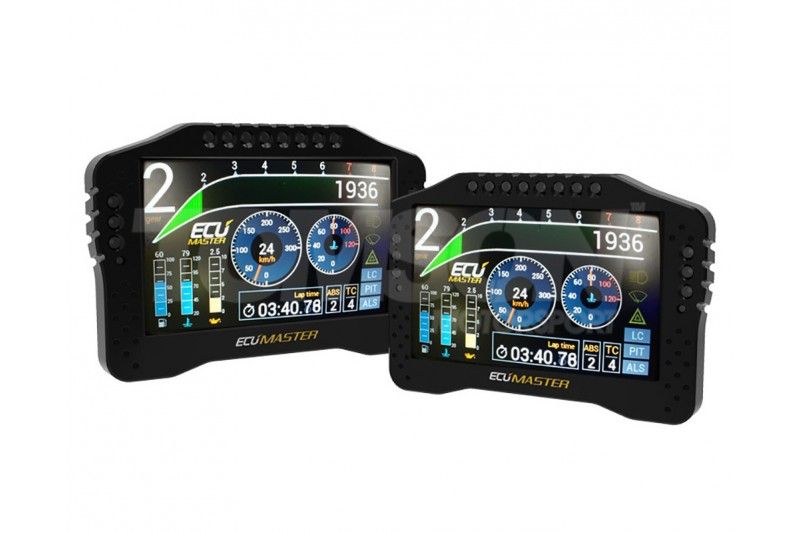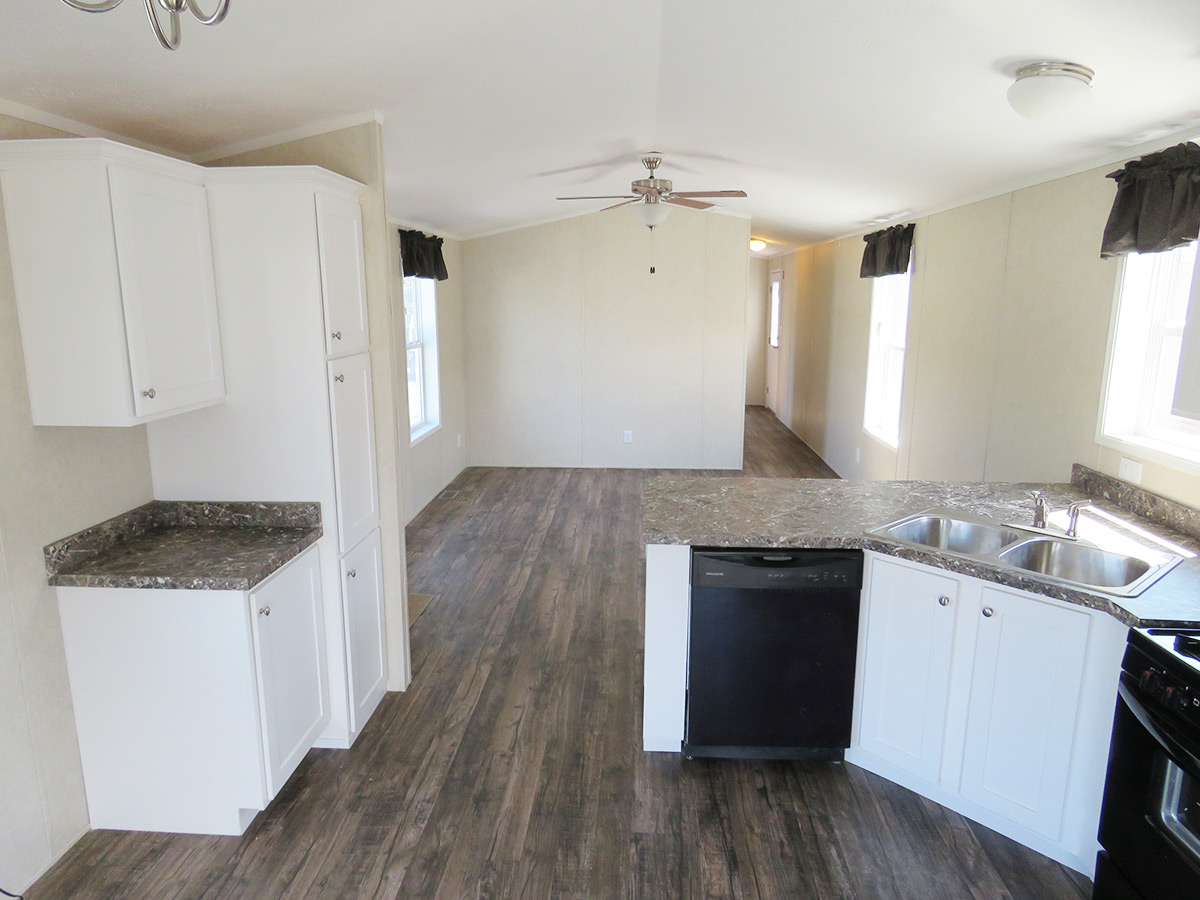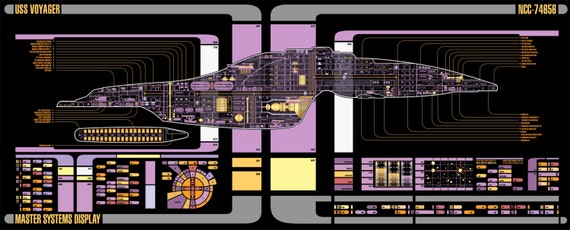- Sap Customer Master Display
- Master Displays High Point Nc
- Display Master Tapes
- Display Mastery Lol
- Display Master
- SAP SD Tutorial
- SAP SD Useful Resources
Display function. You can use the Display function to view an Infotype on the screen. In display mode, you cannot process or update data. Using the List function, you can display an overview of all the records stored for a specified Infotype. Processor for mac os x. Selecting HR Master Data. Open Arduino IDE, find TFTeSPI in the file and example, the T-Display factory test program is located at TFTeSPI - FactoryTest, you can also use other sample programs provided by TFTeSPI 3 In the Arduino IDE tool options, select the development board ESP32 Dev Module, select Disable in the PSRAM option, select 4MB in the Flash Size option. Founded in 2004, Suzhou Display Master Exhibition Equipment Factory offers one-stop display solutions, including full display hardware systems, graphics, and accessories. From small events to large projects, Display Master is here to help you every step of the way!
- Selected Reading
Master data is one of the key factors in Sales and Distribution module. There are two levels of masters in SD.
The first level master includes −

- Customer Master
- Material Master
- Pricing Conditions
While, the second level master is −
- Output condition
Create a Customer Master Record
The customer master data contains the information about business transaction and how transactions are recorded and executed by the system. A Master contains the information about the customers that an organization uses to do business with them.
Key tables in Customer Master
| Table Name | Key | Description |
|---|---|---|
| KNA1 | KUNNR | General Information |
| KNB1 | KUNNR,BUKRS | Company Code |
| KNVV | VKOGRG,VTWEG,SPART,KUNNR | Sales Area |
| KNBK | KUNNR,BANKS,BANKL,BANKN | Bank Data |
| VCNUM | CCINS,CCNUM | Credit Card |
| VCKUN | CCINS,CCNUM,KUNNR | Credit Card Assignment |
| KNVK | PARNR | Contact Person |
| KNVP | VKORG,VTWEG,SPART,PARVW,KUNNR | Partner Functions |
Main Transaction Codes in a Customer Master
| S.No | Transaction Codes & Description |
|---|---|
| 1 | XD01, XD02, XD03 Used to create/change/display customer centrally |
| 2 | VD01,VD02,VD03 Used to create/change/display customer sales area |
| 3 | FD01,FD02,FD03 Used to create/change/display customer company code |
| 4 | XD04 Display change documents |
| 5 | XD05 Used to block Customer − Global, order, delivery, billing, sales area, etc. |
| 6 | XD06 Used for deletion |
| 7 | XD07 Change Account Group |
| 8 | VAP1 Create Contact Person |
Creating a Customer Master Data
To create a customer master data, you need to use an Account group.
T-Code: XD01/VD01/FD01

Note that if you use −

XD01 − This Includes sales area in the customer master and data is stored in tables KNA1, KNB1 and KNVV.
Cossacks for mac os torrent. VD01 − This includes sales area & data, which will be stored in tables KNA1, KNB1 and KNVV and there is no company code data in this.
FD01 − This is company code level & data is stored in tables KNA1 and KNB1.
Then a new window will open. Enter the following details −

- Select the Account Group from the list.
- Enter the customer number and select the company code.
Then you can enter the Sales Area details like −
- Sales Organization
- Distribution Channel
- Division
In case you want to take reference from an existing customer to create customer master, you can use the reference option.
Once all the details are selected, click the Tick mark.
A new window will open to enter the customer master data. This customer master data has 3 key sections −
- General Data like Title, Name, Address, etc.
- Company Code Data and
- Sales Area Data.
Note that this region fields define the tax calculation like VAT, CST, etc. The next step is to go to Control Data and enter the following details.
Then you have to enter the particulars in Payment Transaction tab and enter the details of – Bank City, Bank Key, Bank Account and Account Holder Name. You can also add more details by clicking on the Bank data button.
The next step is to go to the Sales Area data and enter the details – Shipping Data, Customer Pricing and Partner Functions, etc.
Next is to click on the Save icon at the top and you will get a confirmation that the customer has been created with #.
If you have to make any further changes to the customer’s master data, you can use T-Code: XD02.
In this blog, I am sharing basic overview of SAP Material Master. If you like it, I appreciate your rating for this blog post.
Material Master:
The material master is the central master record for logistics.
Material master data is maintained in different views to support various departments within an organization, for instance, sales department, purchasing department, production site.
Material master data is maintained at various levels of the organization. Sales related data is dependent on sales organization and distribution channel.
Factors that can influence field selection for material masters:
Material type
Transaction
Procurement indicator
Plant
Industry sector
Several different units of measure (UOM) can be maintained for a given material master record:
Base UOM (Stock keeping unit)
Sales unit
Delivery unit
Alternate units
Order unit
Every material master record belongs to one material type. Among other things, the material type controls what views are available for maintenance. For example, finished goods do not have a purchasing view.
Maintenance of material master records can be made immediately or planned for a future date.
Four key points relating to the differences between the Industry Material Master and the Retail Material Master are:
They are separate modules
Transaction codes and menu paths are different
The Industry Material Master is the same as the previous Material master
Materials created with the Retail Material Master cannot be changed with the Industry Material Master.
Data must be maintained in the material master to support the various functions within a company:
Sales and Distribution
Inventory Management
Production
Quality Management
Purchasing/Invoice Verification
Material Requirements Planning
Retail/Industry Material Masters:
There are separate modules and Transaction codes are different
Industry Material Master = Old Material Master
The Retail Material Master has been added to the standard SAP system. Maintenance for the Retail Material Master is accessed through different menu paths and/or transaction codes than the Industry Material Master
Transaction codes
Function Industry Retail
Online Maintenance MM01/02/03 MM41/42/43
Display Change Documents MM04 MM44
Stock Overview MMBE RWBE
Materials created using the Retail Material Master can be displayed with the Industry Material Master. Materials created with the Retail Material Master cannot be changed with the Industry Material Master. Similarly, materials created with the Industry Material Master cannot be updated in the Retail material master.
Material Type and Industry Sector:
The material type serves to group materials together which have similar attributes. Some examples of material types are finished products, trading goods, and packaging materials.
Material type and industry sector are two factors which affect the format of material master records.
The material type controls which views are turned on and field selection.
The industry sector controls the field selection and the screen sequence for material master record maintenance.
Levels of Data for Material:
General Data contains – Description, Units of measure, Transportation group, Weight, Volume and Division
Plant Data contains – MRP profile, Manufacturing costs and Loading group
Storage Location Data contains – Stocks, Storage bin
Sales Data contains – Delivering plant, Minimum order quantity, Sales text and Product hierarchy
Within one material master record data can be held at different organizational levels.
The material master contains information which is relevant to all business applications. This general data is valid at the client level.
The sales-specific data is dependent on sales organization and distribution channel.
Descriptions can be entered in as many languages as you wish.
Depending on a company’s needs, fields on a material master view can be set to display only, required, optional, or suppressed through field selection. Factors influencing the field selection setting are the transaction, procurement type, industry sector, material type and plant. For more information, refer to Appendix A.
Menu paths:
To maintain or view a material master record: Logistics -> Material Management -> Material Master -> Material…
To display a material master from within a sales order: Select the appropriate line item and then choose: Environment -> Display material
Views in a Material Master Record: Basic Data, Classification, Sales, Purchasing, MRP, Forecast, Work Scheduling, Production Resources/Tools, Storage, Warehouse Mgmt, Quality Management,
Accounting, Costing, Plant Stock and Storage loc. Stock
Sap Customer Master Display
Each department within a company will have a corresponding view in the material master, where data relevant to only that department is held.
The material type determines which views of a material master are possible.
The views of material master records that can be maintained / displayed can be determined for each user.
Users can specify which views they obtain during material master record maintenance.
The data in some views requires the specification of the organizational units for which this data is maintained.
Note: Each of the above views is further subdivided in a material master record
When maintaining material master records it is possible to set up defaults so that the system proposes the most frequently used industry sector, organizational units, and views on a user-specific basis.
Menu path:
To set user defaults for material master record maintenance: Logistics -> Materials Management -> Material Master -> Create/Change or Display mode -> Defaults…
Data Maintenance: Units of Measure
Base unit of measure (Stock keeping unit) is the unit in which stocks are managed. It is found on the material master Basic Data screen. All quantities which you enter in other units of measure are converted into the base unit of measure. Special agreements with the customer are stored in the system in the base unit of measure. Two examples of agreements are:
Minimum order quantity
Minimum delivery quantity
Sales unit is the unit of measure in which a material is sold. It is found on the material master Sales Org 1 View. Although automatically proposed in the order, another unit of measure can be entered in its place.
Alternative units of measure are other units of measure in which the material can be sold. They can be setup from any Material master view -> Additional Data -> Units of Measure. Rather than manually enter each conversion rate from base unit of measure to alternative unit of measure for each material master record, it is possible to pre-define unit of measure groups in Customizing to reduce data entry.
Delivery unit is setup on material master sales org 1 view. It is made up of a number and a unit of measure. The quantity to be delivered should be made up of complete delivery units.
Order unit (purchasing) is the unit in which materials are ordered. It is setup on the material master purchasing view.
Options for Changing Material Data:
If a material has not been maintained for a particular view or for a particular organizational level and you wish to do so, you use the “create” transaction rather than “change.” You must create the material referencing itself (this is called “extending” the material).
On the other hand, if you wish to change data for a view that has already been created, you must use the “change” transaction.
Changes to a material can be made immediately or planned for a future date. The planned change must be activated in a separate step. Changes can be made with or without reference to a change number from Engineering Change Management.
A change document is created when a change is made; it contains information on the date of the change and it’s author, as well as the values before and after the change. These change documents can be displayed in the form of a change history.
Menu path:
To display the change documents associated with a material master record: Logistics -> Materials Management -> Material Master -> Material -> Display Changes…
Master Displays High Point Nc
Options for Displaying Material Data:
A material can be displayed in its current status.
Menu path: To arrive at the above options: Logistics -> Materials Management -> Material Master -> Material…
Material Enhancements: Field Selection, Maintenance of Long texts and Usability
The screens for customizing field selection are maintained using table structure. Sorting and positioning of the fields by field names and selection groups is possible.
Long texts ( longer than four lines ) can be maintained. An ergonomic design is given to the maintenance of the Basic Data text, Inspection text, Sales text, Purchase order text, and Internal comment text.
Usability Enhancements
Creating selected views without having to access each view.
“Info” button for displaying the administrative data and status information.
Icons in tab index to indicate views selected and accessed.
Display Master Tapes
Important Transactions Codes of Material Master:
MMNR Define material master Number Ranges
MM01 Create material
MM02 Change material
MM03 Display material
OMS2 Maintain material Types
Display Mastery Lol
Important Tables of Material Master:
MARA – Material Master Table
MARC – Plant Material Data
MARO – Company Material Data
MAKT – Material Text Table
Display Master
Thank You for reading this blog.
